Welcome to our comprehensive guide on swimming pool fencing regulations in New Zealand! Whether you’re dreaming of a backyard oasis or planning to refurbish your pool area, understanding the legal and safety aspects of pool fencing is crucial. Let’s dive into what makes a pool safe, compliant, and a delightful addition to your Kiwi home.
Key Highlights of This Guide:
Here at Principal Pools, we’re more than just pool builders; we’re your partners in creating safe, compliant, and stunning pool environments. This guide is a reflection of our commitment to keeping your pool area not just legal, but also a safe haven for family and friends.
As we delve into the specifics of pool fencing in New Zealand, remember, that it’s not just about ticking off legal boxes. It’s about creating a safe, enjoyable, and beautiful space that adds value to your home and your lifestyle. So, whether you’re just starting to explore pool options or looking to update your existing setup, let’s embark on this journey together, ensuring your pool area meets all safety and legal requirements.
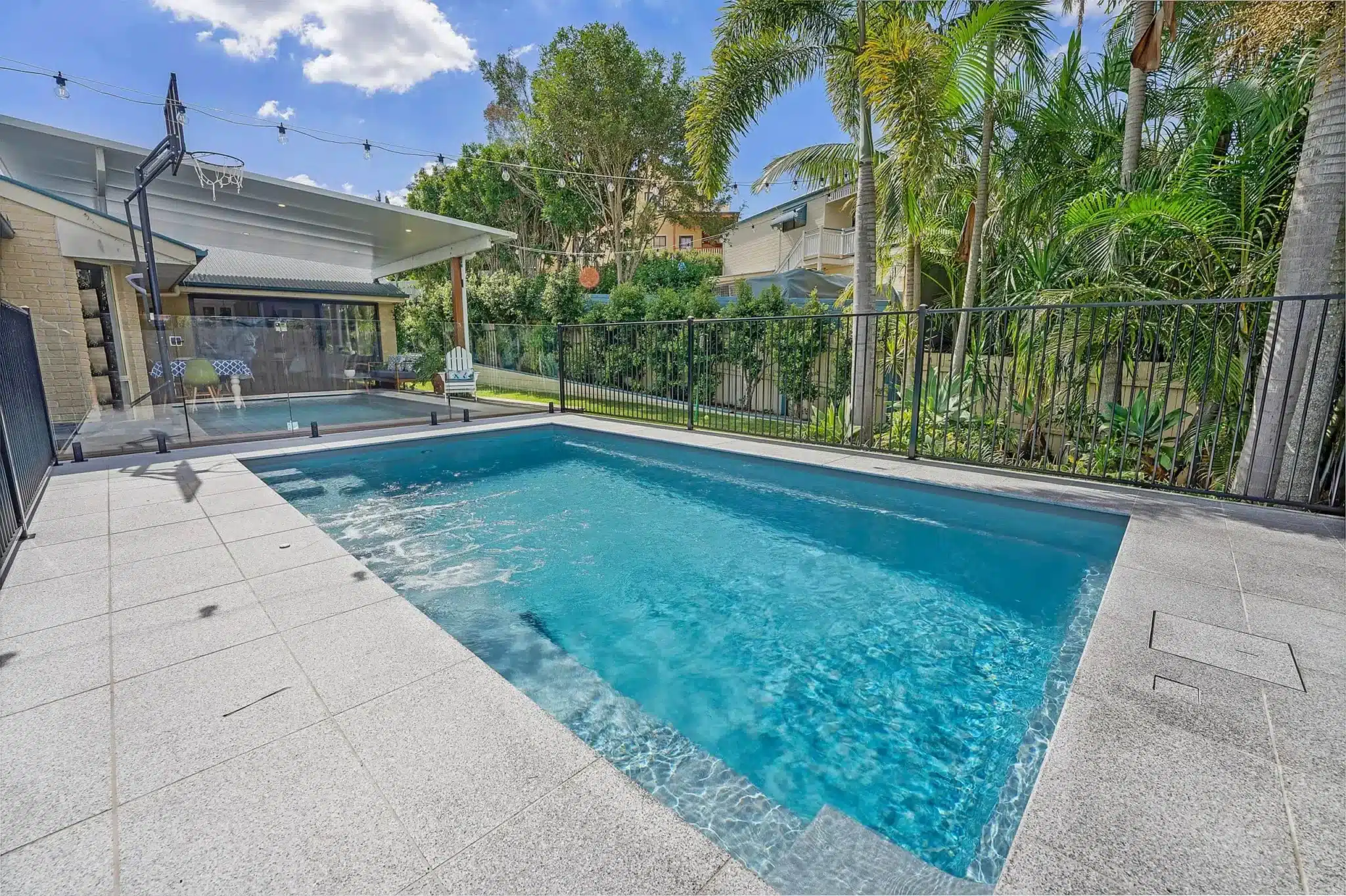
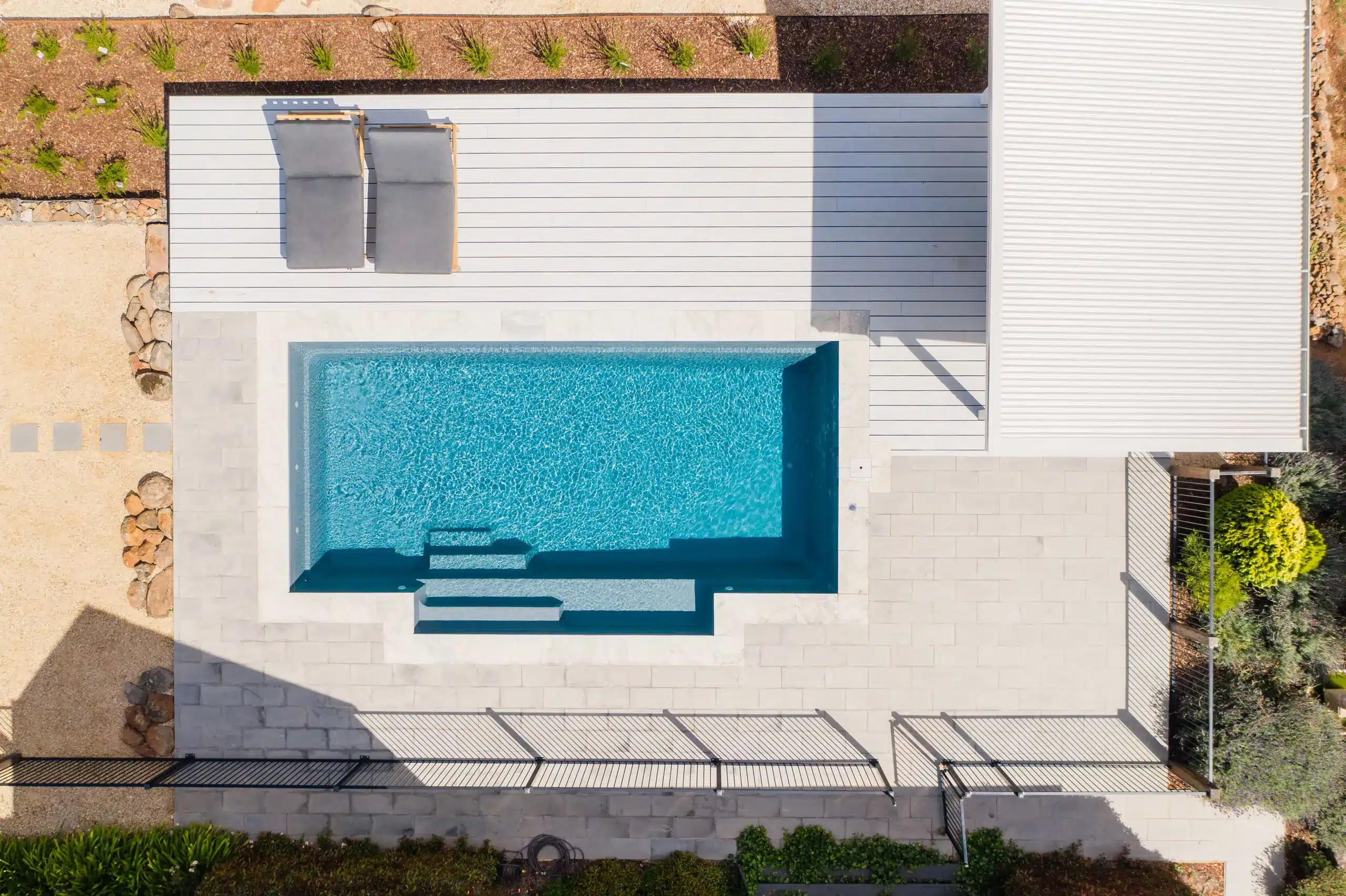
In New Zealand, pool fencing isn’t just a matter of design preference; it’s a crucial safety measure, especially for protecting children. This section delves into why adhering to pool fencing regulations is not only a legal requirement but a vital aspect of responsible pool ownership.
Understanding pool fencing regulations and their importance in ensuring safety and legal compliance is crucial for every pool owner in New Zealand. In the next section, we’ll explore the national legislation and local council regulations that govern pool fencing requirements in more detail.
When planning for a pool in your New Zealand home, it’s crucial to recognize that pool fencing regulations can differ significantly from one region to another. While the Building Act 2004 and the Building (Pools) Amendment Act 2016 provide a national framework, local councils often have the autonomy to tailor these rules to better suit regional safety needs and environmental conditions. Understanding these regional variations is essential for ensuring your pool complies with all relevant safety standards.
Note to Readers: As we proceed to discuss the detailed national regulations for pool fencing, remember that these serve as a general guide. For the specifics applicable to your area, consulting with your local council is an indispensable step. This will ensure your pool project not only aligns with national standards but also adheres to regional requirements, guaranteeing both legal compliance and optimal safety.
In New Zealand, the safety and legal compliance of your swimming pool largely depend on understanding and adhering to the Building Act 2004 and the Building (Pools) Amendment Act 2016. These regulations ensure that your pool is not just a source of fun and relaxation but also a safe environment, especially for children. Here’s what you need to know, explained simply:
The Building Act 2004 and Building (Pools) Amendment Act 2016 form the foundation of pool fencing regulations in New Zealand.
Under these acts, residential pools with a water depth of 400mm or more must have adequate barriers to restrict unsupervised access by children under five years old.
This legislation sets the national standards for pool fencing, which are then enforced by local councils across the country.
The Building (Pools) Amendment Act 2016 in New Zealand specifically focuses on enhancing the safety of residential pools. It complements the Building Act 2004 by providing detailed mandates for pool barriers and fencing, primarily aimed at preventing unsupervised access by young children.
When it comes to pool fencing in New Zealand, homeowners often have a range of questions, especially regarding the specific requirements for different types of pools and potential exemptions. In this section, we aim to address some of these frequently asked questions, providing clear, concise answers to help you navigate the complexities of pool fencing regulations.
In New Zealand, both in-ground and above-ground pools with a depth over 400mm need compliant fencing. Spa pools and hot tubs also require fencing unless they have specific safety covers. These regulations are key for ensuring safety, especially for young children.
Above-ground pools in New Zealand often need the same fencing as in-ground pools, but there are exceptions:
Non-compliance with pool fencing regulations in New Zealand can have significant legal and financial consequences. Pool owners may face legal penalties such as fines and enforcement notices from local councils. Additionally, non-compliance can impact insurance arrangements, potentially leading to increased premiums or even voided coverage. It’s crucial to adhere to these regulations to avoid such repercussions.
A fenced-in yard may potentially serve as a pool barrier, but it’s contingent on meeting the stringent height and construction requirements set for pool fencing. Despite this possibility, the majority of residential properties will still necessitate a separate, fully compliant pool fence to adhere to New Zealand’s pool safety regulations.
DIY installation is possible but it’s crucial to ensure that your fence fully complies with all the safety standards and local council requirements. Professional installation is recommended for guaranteed compliance and safety.
For more in-depth information and a broader range of questions, feel free to visit our comprehensive FAQ page. Here, you’ll find a wealth of knowledge on pool fencing and other related topics to guide you in making informed decisions for your pool.
Navigating the legal and safety aspects of pool fencing is crucial for New Zealand homeowners. Failing to comply with these regulations can lead to significant consequences, affecting not just your legal standing but also the safety and security of those using the pool. Understanding the implications of non-compliance is essential for responsible pool ownership.
At Principal Pools, we emphasize the importance of adhering to pool fencing regulations not just for legal compliance but for the safety and well-being of your loved ones. By ensuring your pool fencing is up to standard, you protect not only your family but also your peace of mind.
Selecting suitable fencing for your pool is crucial for both safety and aesthetics. Here’s a quick overview of different materials:
Ensure your choice aligns with NZ pool fencing regulations and suits your pool area’s style. For in-depth insights and comparisons of these materials, visit our blog: “Comparing Pool Fencing Materials: What’s Best for Your Home?”.
At Principal Pools, we emphasize the importance of adhering to pool fencing regulations not just for legal compliance but for the safety and well-being of your loved ones. By ensuring your pool fencing is up to standard, you protect not only your family but also your peace of mind.
Ensuring your pool fencing meets New Zealand regulations involves a few key steps and considerations:
Professional Installation:
Council Inspection and Approval:
Certification and Documentation:
Continuous Compliance:
Engaging professionals not only simplifies the installation process but also ensures that all regulatory boxes are ticked. Their expertise can be invaluable in navigating the complexities of compliance and avoiding potential legal issues.
In conclusion, adhering to pool fencing regulations in New Zealand is not just a legal requirement but a vital step in ensuring the safety and security of your swimming environment. These regulations, designed to protect particularly young children, play a crucial role in preventing accidents and enhancing the overall enjoyment of your pool.
At Principal Pools, we are dedicated to helping you navigate these regulations with ease and confidence. Our team of experts is equipped with the knowledge and experience to guide you through every step of the process, from choosing the right fencing material to ensuring complete compliance with local council requirements.
If you’re considering adding a pool to your property or need assistance with your existing pool fencing, don’t hesitate to get in touch with us. We offer comprehensive consultations to help you make informed decisions and ensure your pool area is safe, compliant, and ready for enjoyment.
Get in touch today and receive a complimentary consultation.
Fibreglass Swimming pools Auckland
Office: Warkworth, Auckland, New Zealand
Fibreglass Pools Powered By Leisure Pools
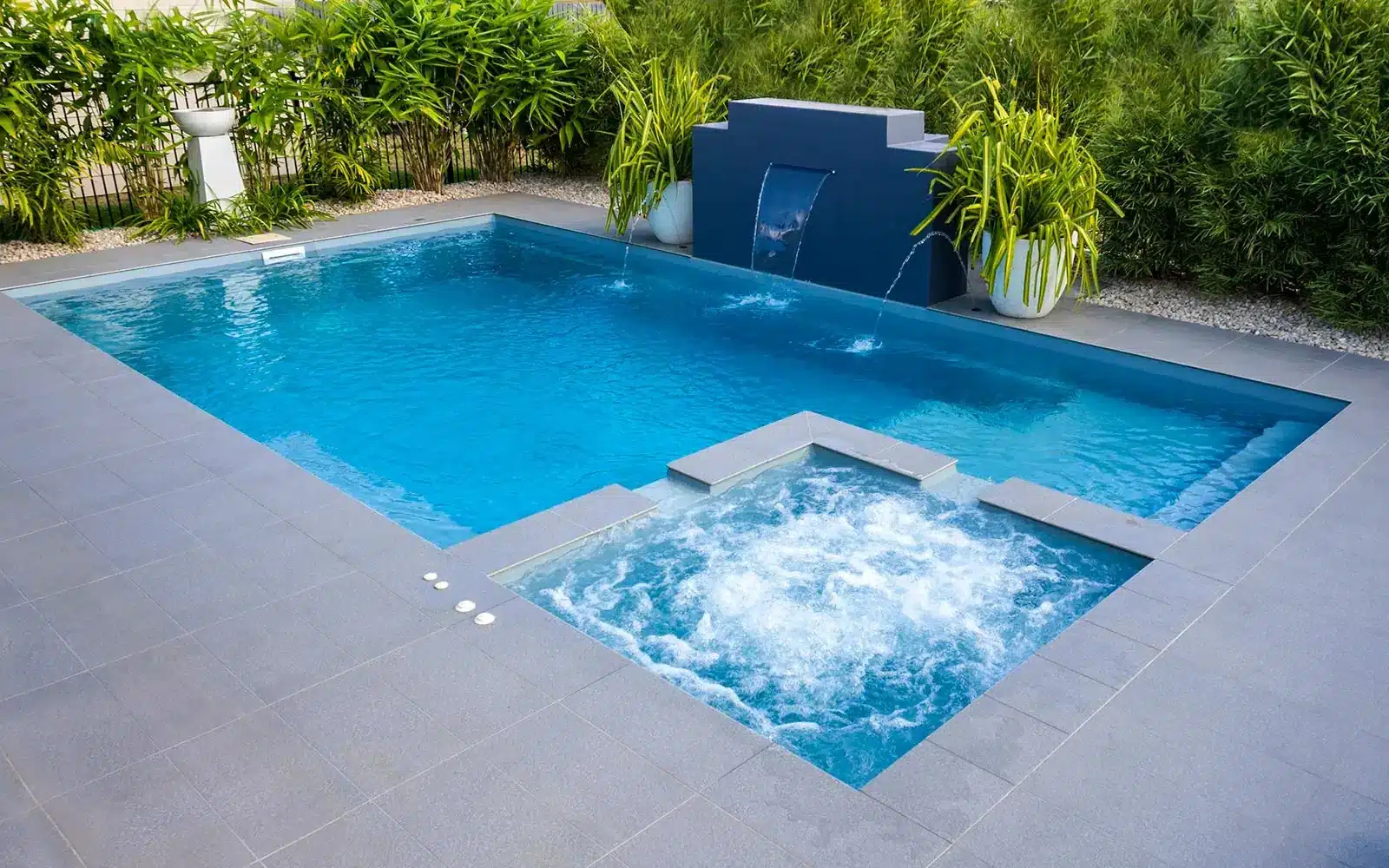
Available in 3 sizes 8m-12m
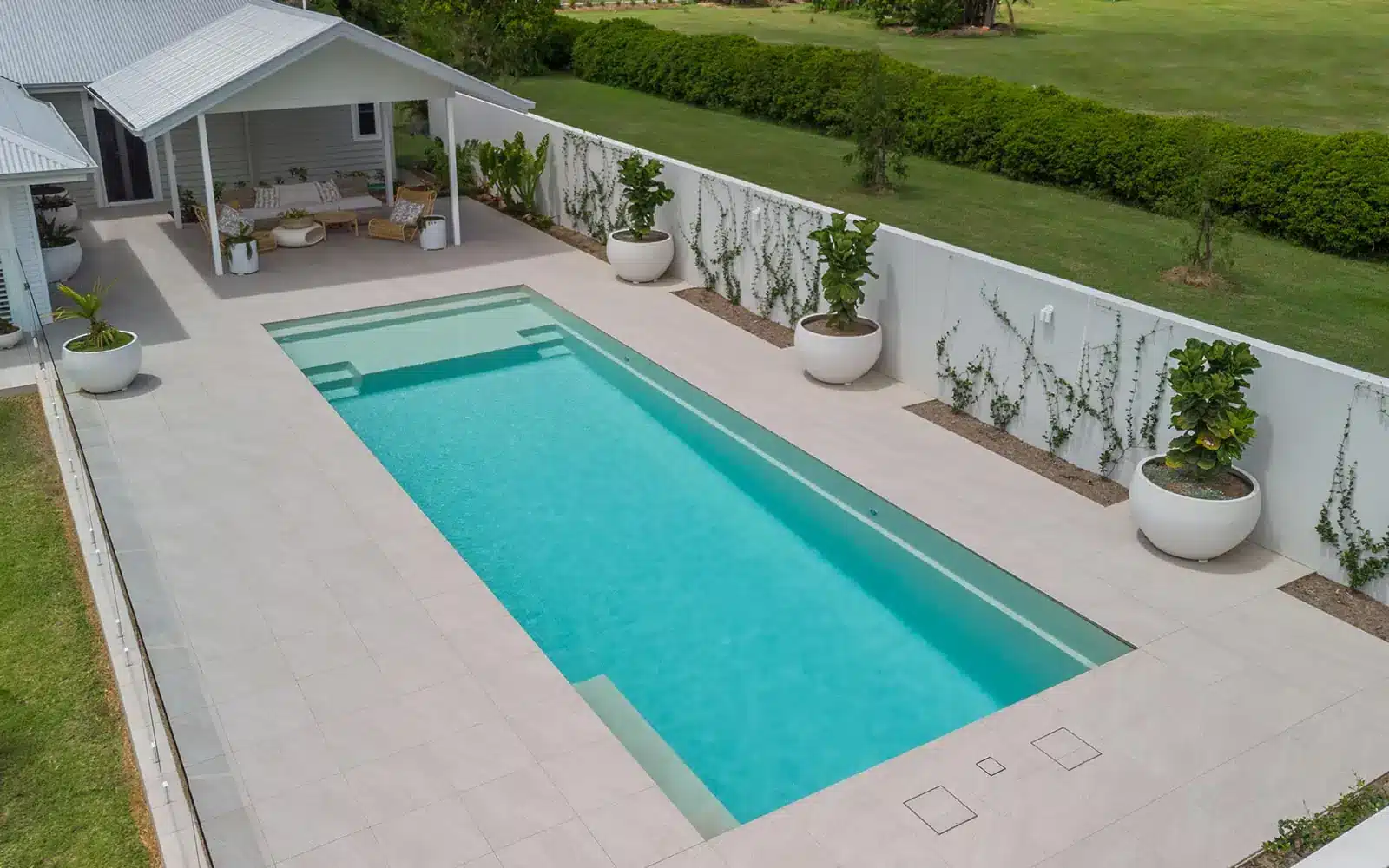
Available in 3 sizes 8m-12m
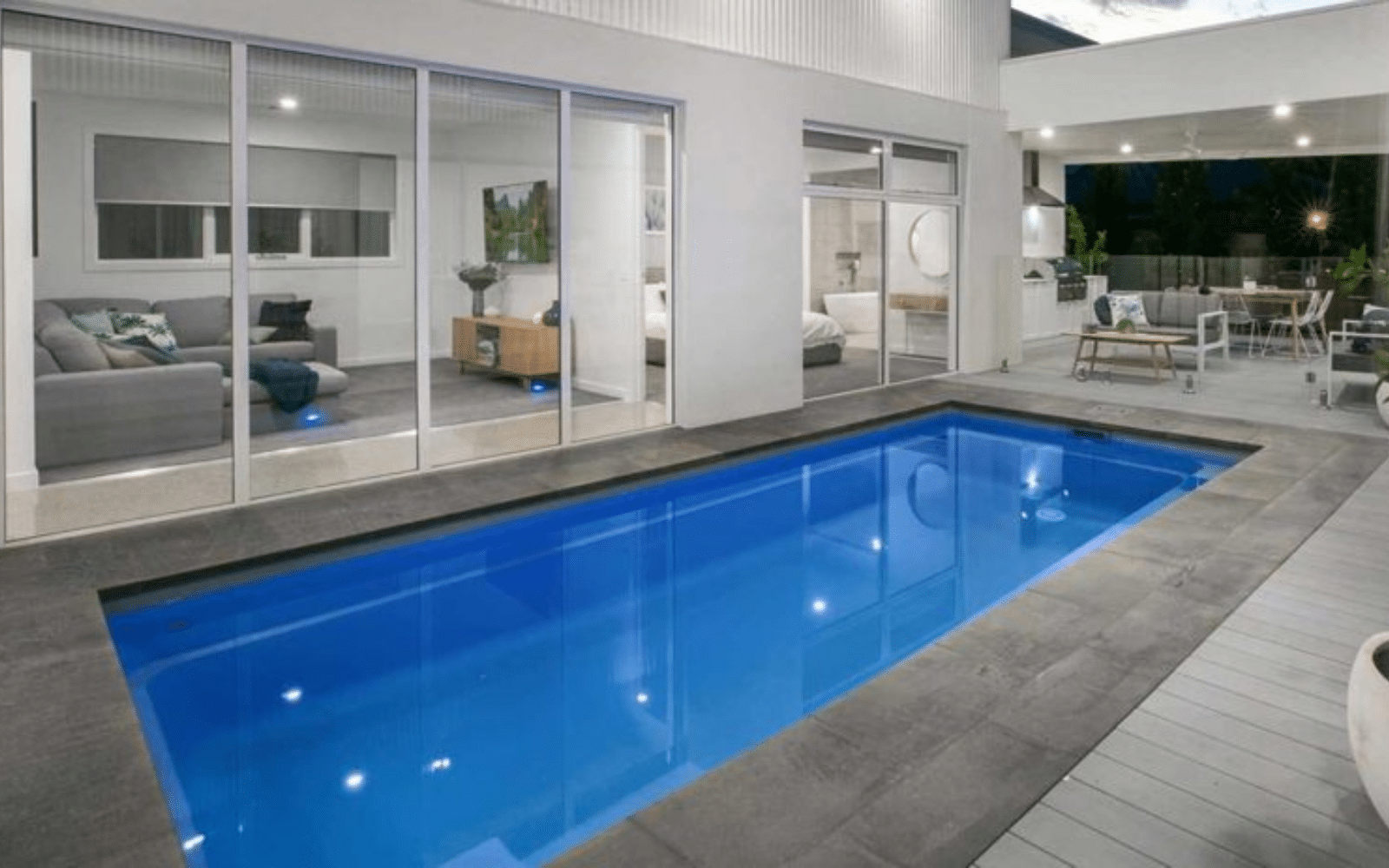
Available in 4 sizes 5m-8m

Available in 5 sizes 6m-10m
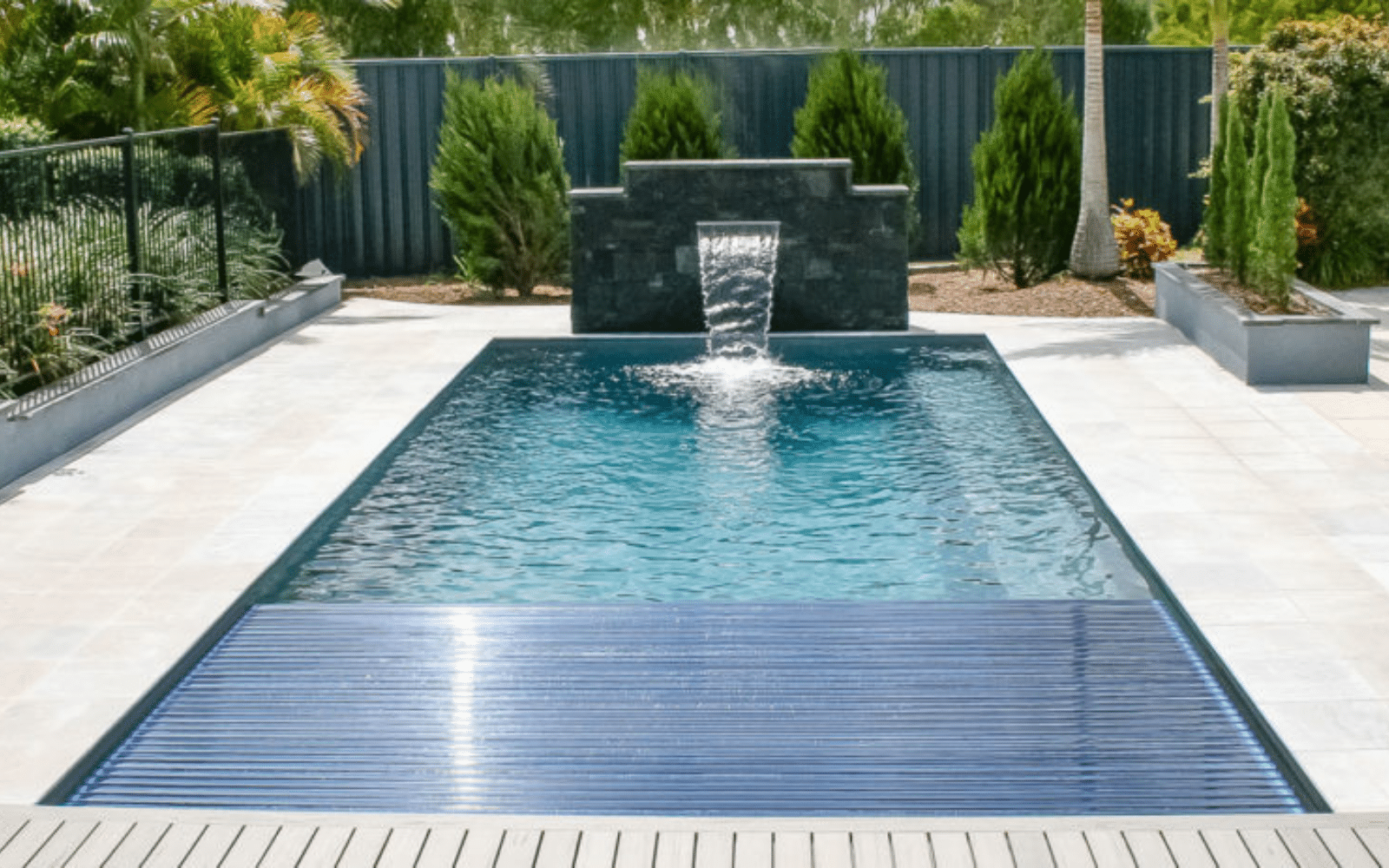
Available in 3 sizes 7.9m-9.9m
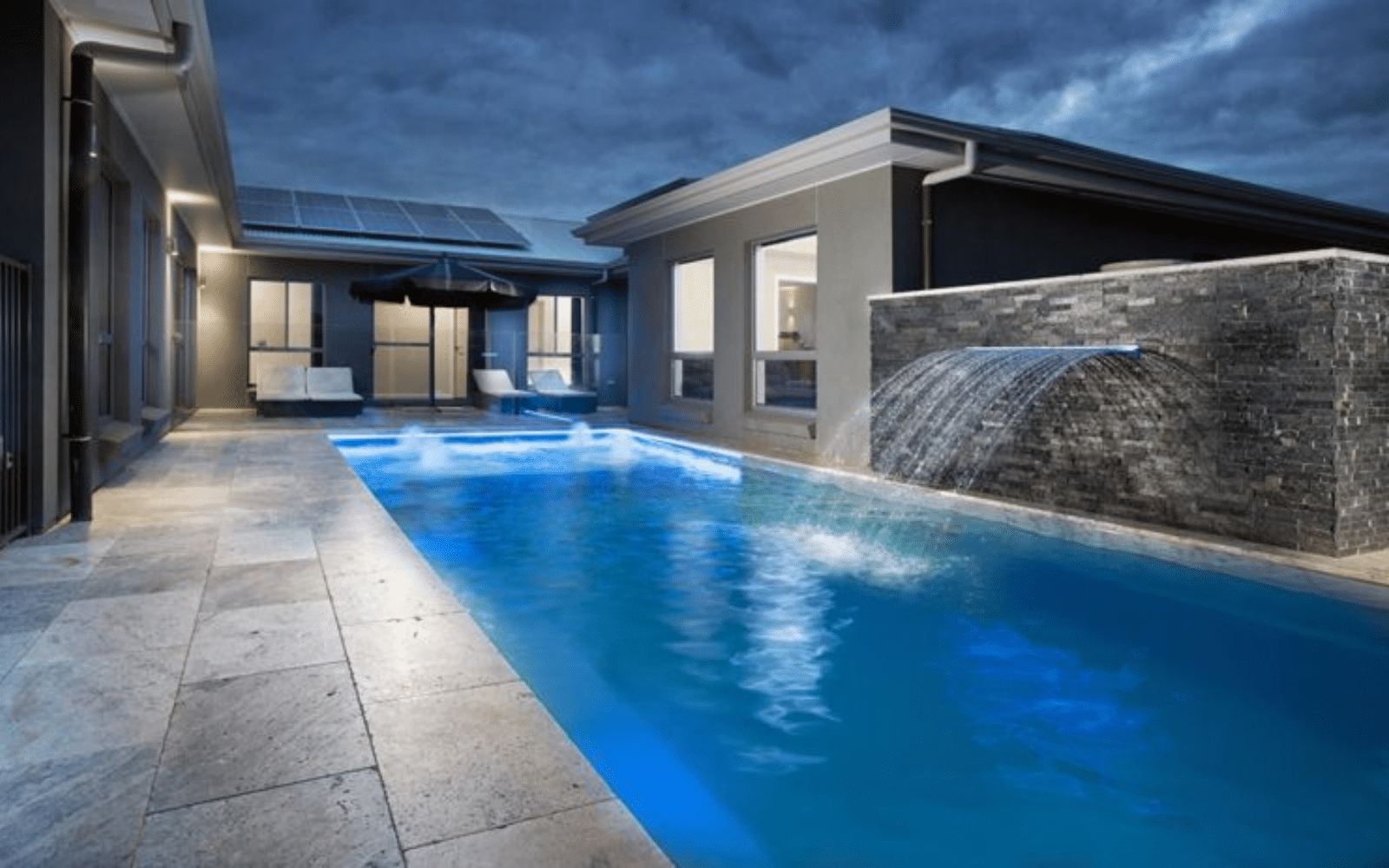
Available in 2 sizes 8.5m-9.5m
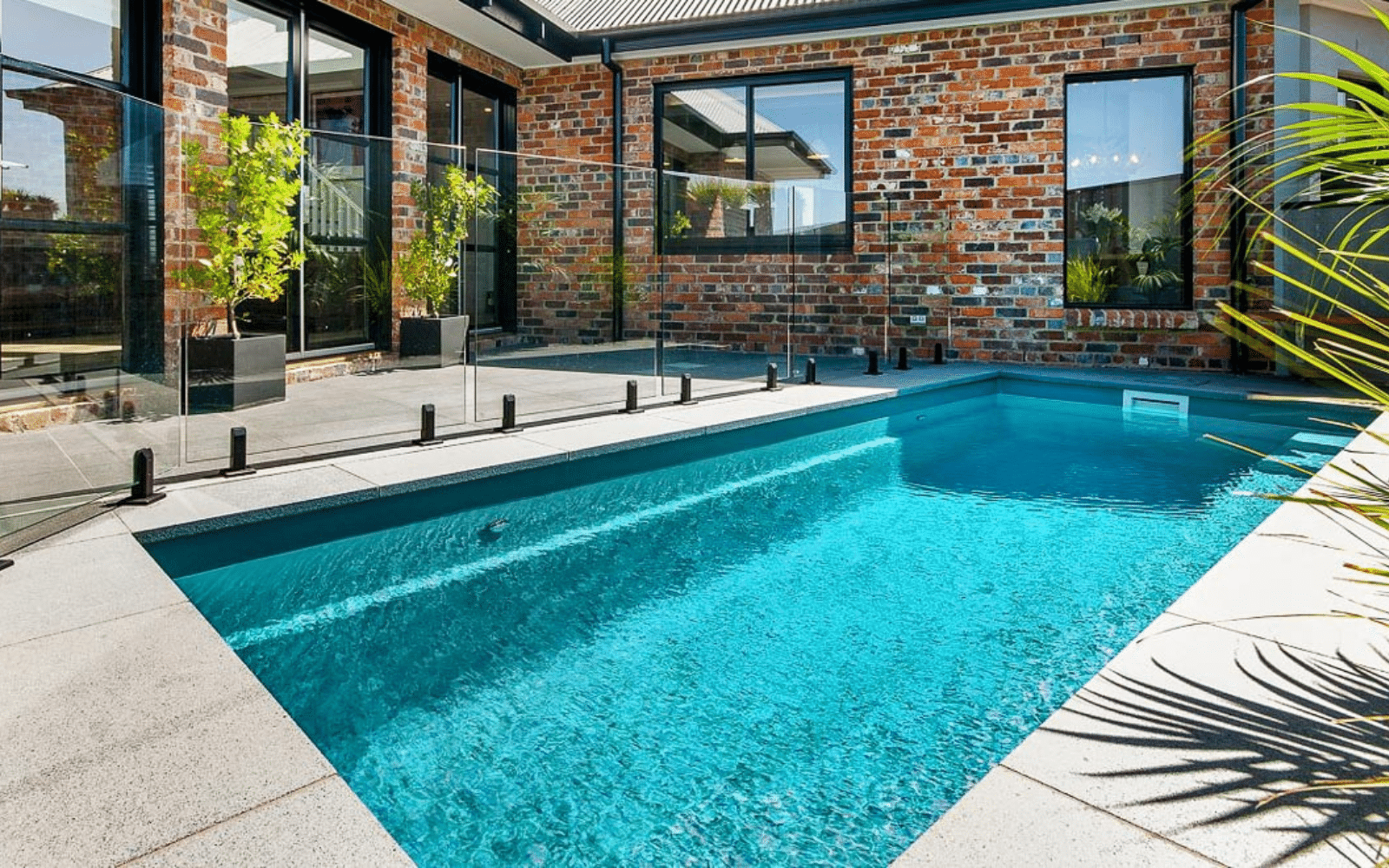
5.70m Long by 2.25m Wide
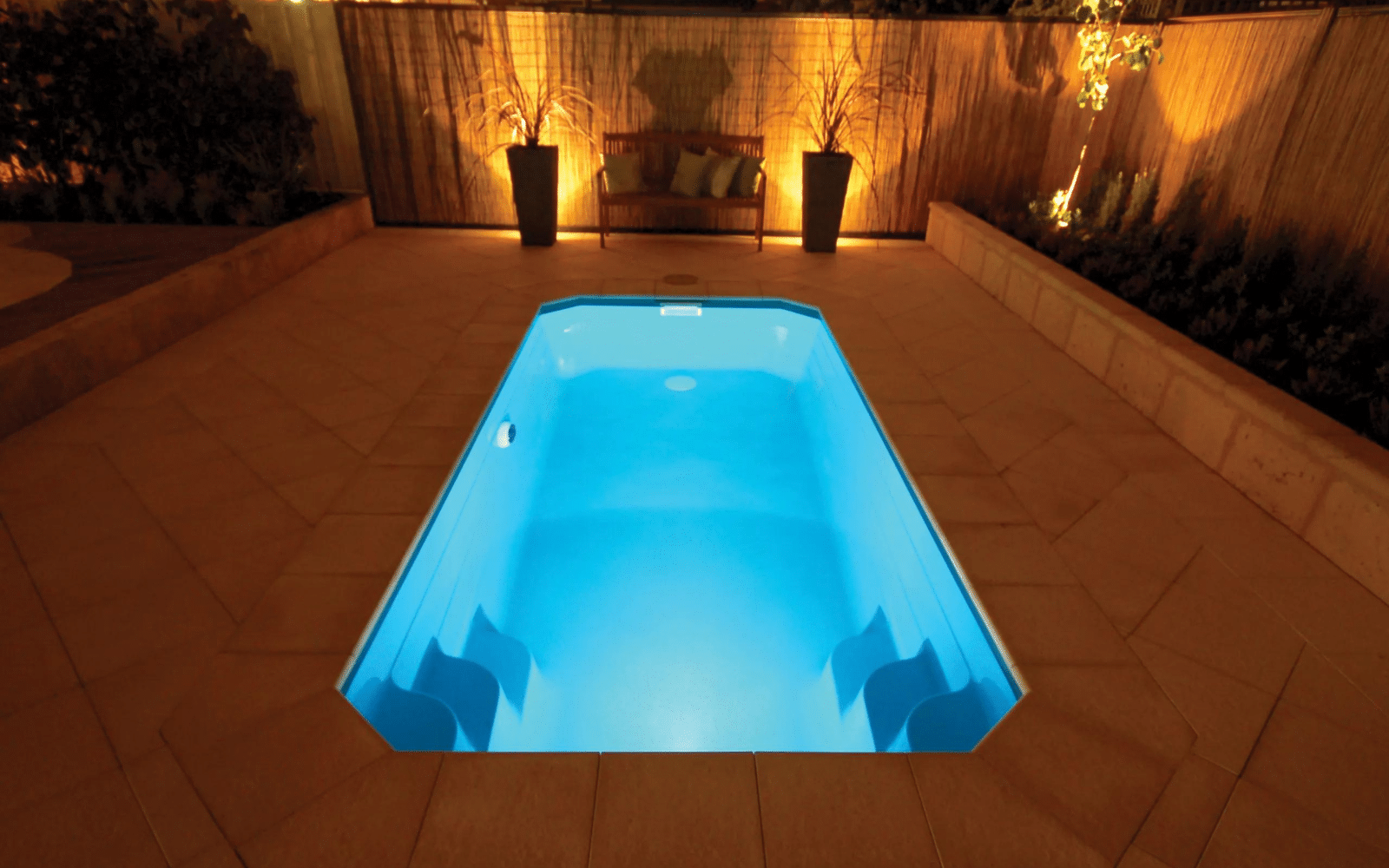
4.65m Long by 2.20m Wide
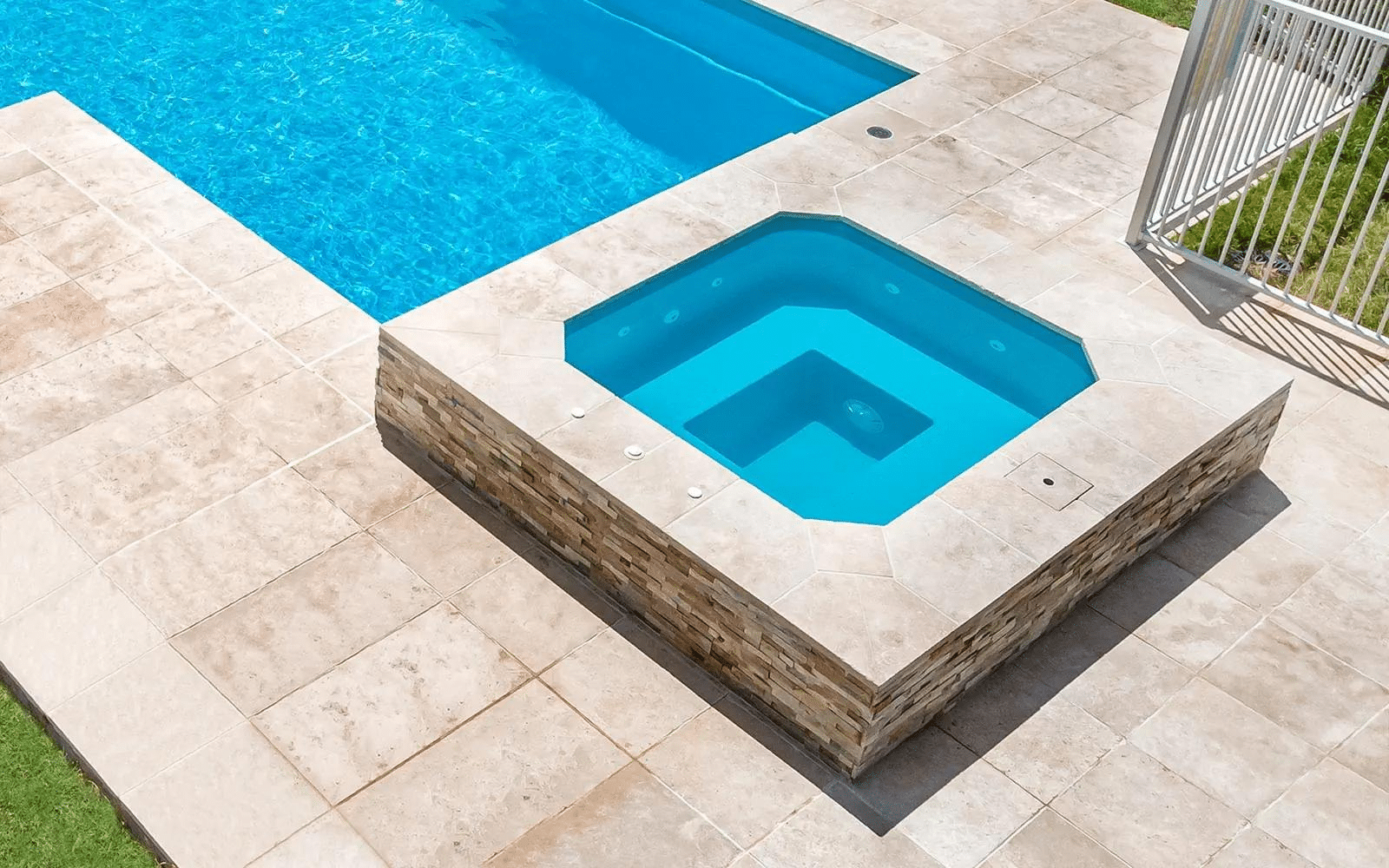
1.80m Long by 1.60m Wide
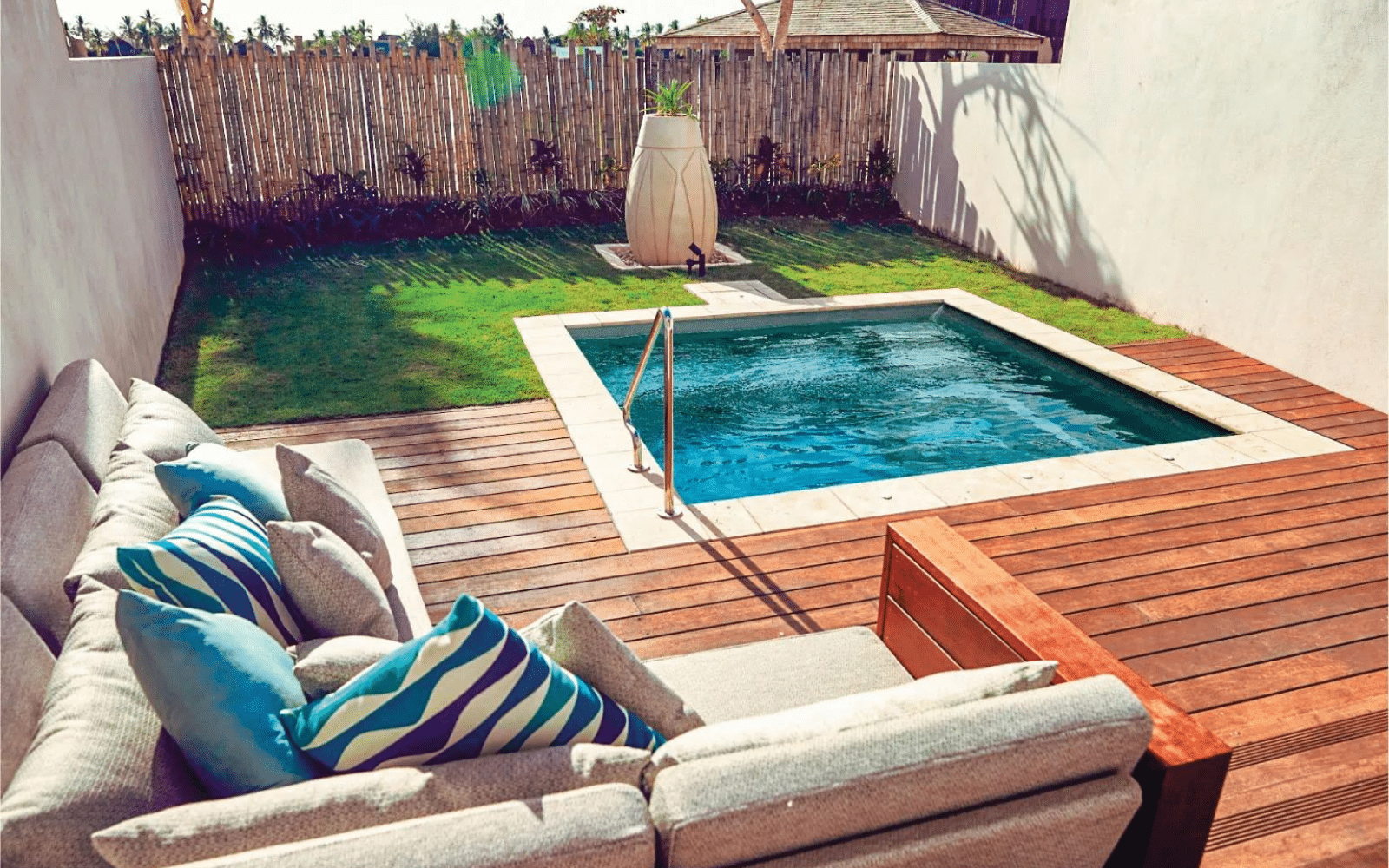
2.90m Long by 2.10m Wide